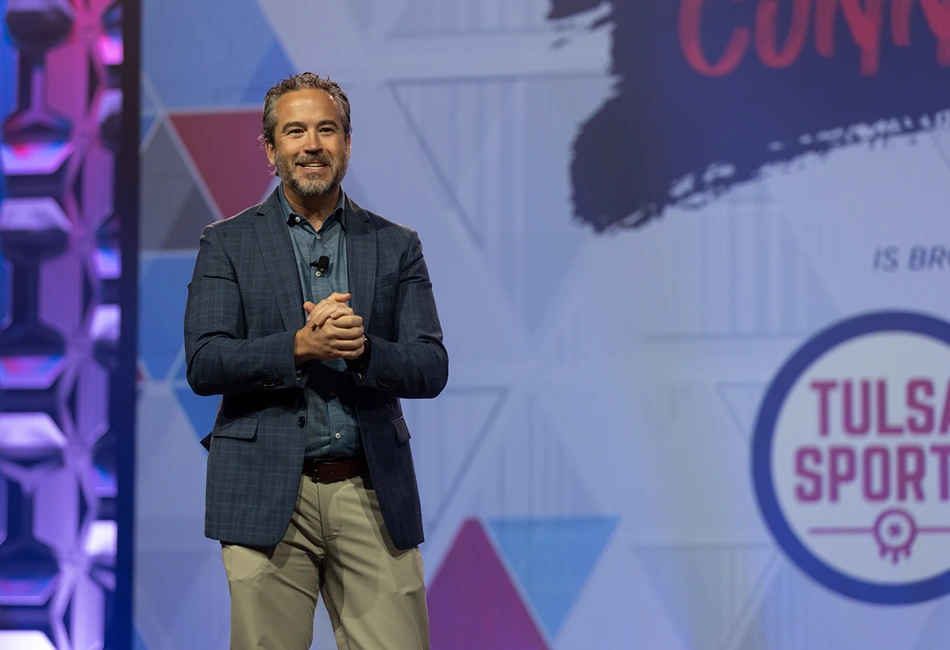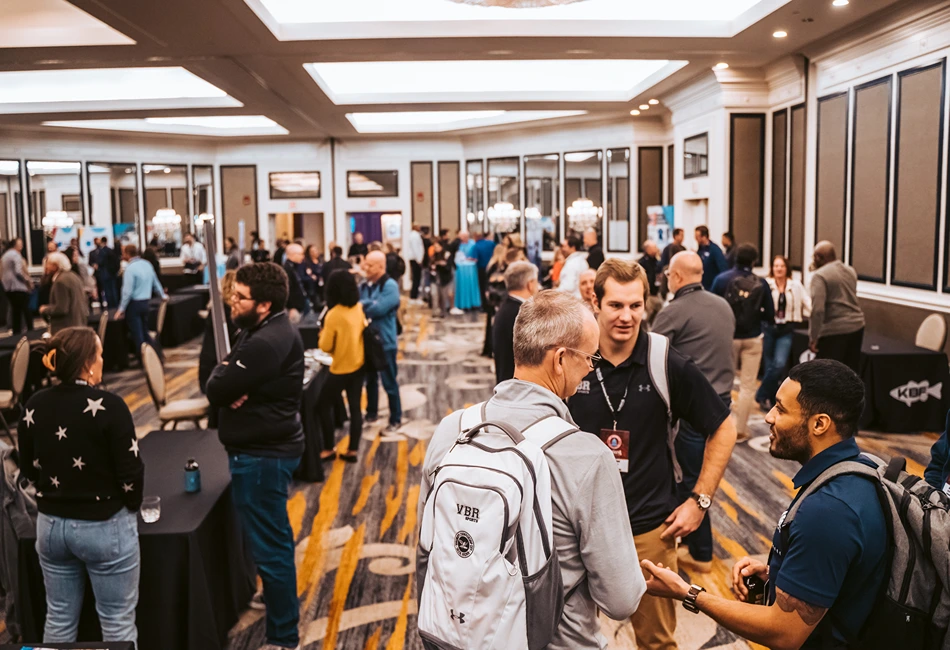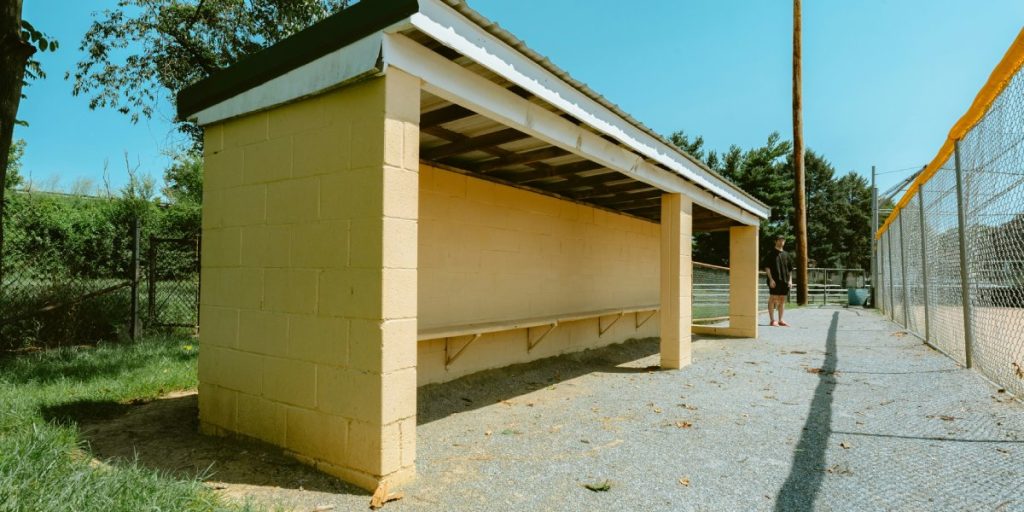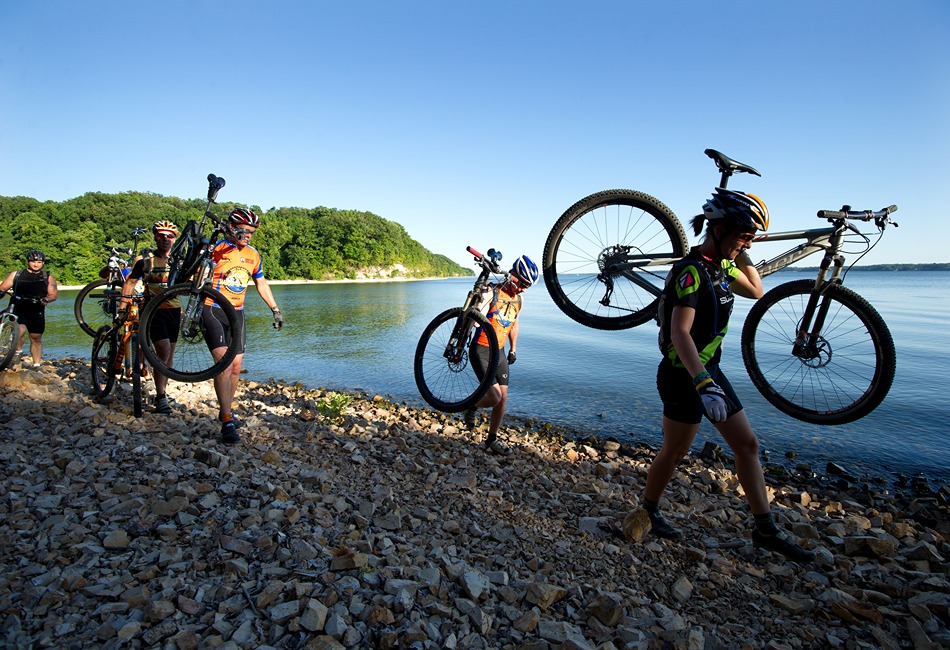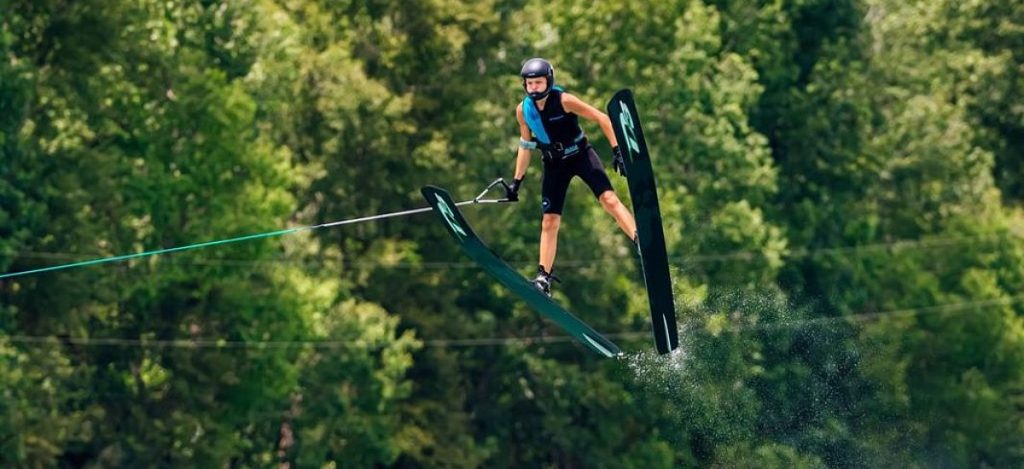Sports Industry Trends for 2020
It is that time of year to chime in on the top trends we are seeing out in the sports tourism trenches. The arms race in our industry is at an all-time high and the competition has never been greater. From larger markets battling to host high-profile mega events to the smaller markets investing significantly in tourism-driving facilities, there doesn’t seem to be an end in sight. The top sports tourism destinations are laser focused and allocate their resources efficiently to compete. If there ever was a time to recalibrate what your organization has always done, now is that time. Since this is a look ahead to 2020, it only goes to reason that we would offer up a vision for the future, a crystal ball if you will. We hope you enjoy this year’s list.
1. New Olympic Sports
Nearly every time a new sport debuts on the Olympic program, that sport sees a significant bump in exposure. That interest usually manifests itself in more kids wanting to try that sport, which leads to more membership with the National Governing Body (NGB), and often times more teams/athletes participating. There are several new sports that will be contested next year in Tokyo that bear watching. We think freestyle BMX and skateboarding are naturals to gain momentum.
2. Tourism Driving Facilities
More tourism related dollars are being invested into venue development than ever before. Communities are allocating bed-tax money, restaurant taxes and tourism-improvement-district funds directly into facilities that will drive economic development back to their destinations. Unlike years past, if you are not leading the discussion on planning and funding tourism-driving sports facilities in your destination, you are in the minority today.
3. Retrofit Projects
Golf courses turned into soccer complexes. Big-box retail stores becoming hardwood sports venues. Tennis courts converted to pickleball. Pools retrofitted into skate parks. If there is a facility that isn’t pulling its financial weight, it is ripe for a change. We are finding this especially true with golf courses and aquatics facilities that are owned by municipalities. If a venue has a negative cash flow, cities and counties are looking to get those assets off their balance sheets one way or another.
4. Non-Traditional CEOs
More and more tourism organizations today are being led by people with entrepreneurial business backgrounds than those with experience in the hospitality sector. This not only applies to convention & visitor bureaus (CVBs) but also sports organizations. New leaders at USA Swimming, USA Cycling and USA Gymnastics all come from the private sector. Max Siegel at USA Track and Field came from Nike and NASCAR. The USOC’s new CEO came from a golf and media background. One of the founding father sports commissions in our country is led by a person with a background in politics. In addition, several CVBs have tapped into the sports profession to lead their organizations – Monroe, Tulsa, Quad Cities, Butler County and Cleveland, to name only a few.
5. Measurement
We are often asked, “How do you keep score beyond room nights and economic impact?” It is a good question and one that we are addressing with a tool we created called the Sports Tourism Index™. We surveyed the top event professionals in our industry to ask them what was important to them in a host destination. These leaders helped us shape a measurement tool that numerically evaluates a host destination across four areas including 1,900 different metrics. Add to this the increased focus on primary research by our national association, and it’s evident that an added emphasis on identifying and measuring success is critical for our industry going forward.
6. Participation(or lack thereof)
Research by the Aspen Institute, the drivers of Project Play, indicates that a majority of youth stop playing sports at age 11. Three years ago the average age was 14. This trend is not only bad for sports tourism, it is bad for our nation. Sedentary kids playing video games all day is not a pathway to success on several fronts. Sports teaches kids so many valuable life lessons that a video game console cannot. We are losing this battle and if the tide doesn’t turn, the sports tourism industry will take the brunt of the hit in the future.
7. Relationships
More and more, our team at the Huddle Up Group is asked to not only consult on strategic planning for destinations, but to also referee relationship issues between CVBs/sports commissions and their local stakeholders. Specifically, the issue nearly always includes a rift between our client and the local parks and recreation department and/or elected officials. As in most industries, relationships are key in opening up doors for success. No matter your position, if you are not intentionally leading the charge in building relationship bridges with your stakeholders, sustainable success will be a challenge.
The last few trends for 2020 are holdovers from last year that are worth monitoring.
8. Expanding Roles
One trend from last year that we are keeping our eye on is the expanding of mission and purpose of many sports tourism organizations across the country. The skill it takes to successfully execute a sporting event is quite similar to the skill it would take to produce a music festival, Harley rally or chicken festival (yes, you read that right, we have a client that runs a chicken festival). Many of our clients are adding special events to their sports staff’s plate. If it uses the same event production skills and drives overnight stays, why not expand from just sports to sports and events?
9. Creating Owned Events
Another repeat from years past, our destination clients are more and more opting to invest their resources in created events. This is now especially true in small and mid-tier markets that don’t have the resources to compete with the big boys. If you can create an event with your local partners (or enhance/replicate ones that already exist), those are assets that you don’t have to bid for against your well funded competitors. This doesn’t just apply to the traditional sports either. CVBs and sports commissions across the country are developing new events in many of the emerging sports noted above.
10. Oversight
Non-profit organizations are being looked up on more and more scrupulously on how they operate, and specifically, how they spend the funds that are given to them. This includes convention and visitor bureaus, sports commissions, NGBs and others in our industry. Whoever manages the various funding pipelines to your organization are becoming more interested in how those funds are allocated. With C-level professionals having lost their jobs over spending practices, today’s leaders need to be overly transparent in this area.
11. Safety
A closely related issue to oversight, athlete safety continues to serve as a high-profile issue on multiple fronts. The discussion on football concussions has escalated to the highest levels, and additional sports are joining the fray. Athlete safety in several Olympic sports has spawned the creation of Safe Sport, an independent investigative organization created to protect athletes and those involved in the Olympic movement. Safe Sport, and in some cases full background checks, are now mandated by numerous sports organizations across the country, and it doesn’t stop with coaches. Officials, board members, event volunteers and others are now very likely to be required to complete a background check and the Safe Sport training program. Where the merry-go-round stops, nobody knows. Leaders in our industry have a lot of hard work ahead of them. While these challenges may seem daunting, that is what we love about our industry. Every day we get the chance to lace ‘em up and go out into the sports tourism and events market and compete. No matter how challenging the tasks that lie in front of us, we are all blessed to go to work every day and call sports our profession.
By Jon Schmieder


